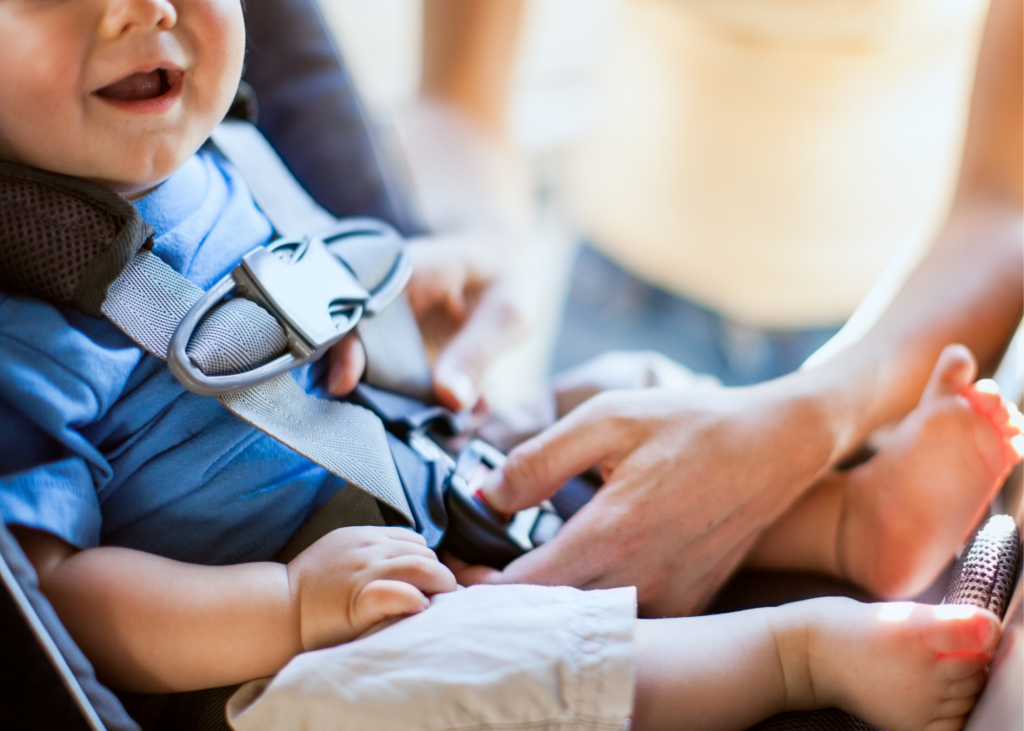March 12, 2022 @ 10:00 am – 2:00 pm
The Ellensburg Police Department Car Seat Clinic. Make appointments by calling 509-962-7280, 4-5 technicians will be on site. Visit the EPD Facebook for more information.
Car Seat Safety
Motor vehicle injuries are a leading cause of death among children in the United States. But many of these deaths can be prevented. Always buckling children in age- and size-appropriate car seats, booster seats, and seat belts reduces serious and fatal injuries by up to 80%.


